Author: Martin Keen
A common story I hear from my American friends is that they grew up with parents who tended to drink mass-market lagers from the likes of Budweiser, Miller, and Coors, and hence their foray into brewing was, on some level, inspired by their desire to try more flavorful styles. As someone who immigrated to the United States from Britain as a young adult, my experience was quite a bit different, as my father was a consumer of classic British ale such as Mild, Porter, and a personal favorite, Best Bitter.
A term originally used by early 19th century English pub customers to delineate modern pale ale from mild ale, Bitter came to represent a family of beers with the “best” or “special” prefix indicating moderate strength. While the popularity of Best Bitter in the United States is correlated with the rise in craft beer over the last 4 decades, it has been a staple among British consumers for far longer. The BJCP provides the following description of this classic style:
A flavorful, yet refreshing, session beer. Some examples can be more malt balanced, but this should not override the overall bitter impression. Drinkability is a critical component of the style.
A part of my inspiration to start homebrewing was to create my own versions of the delicious British ale I struggled to find commercial examples of after moving to the United States. Over the years, I’ve made several batches of Best Bitter using standard methods, though I recently decided to see how one would turn out brewed with a Short & Shoddy approach.
| BREWING THE BEER |
Rather than measuring out all of the ingredients, I went the easy route for this batch and picked up an all-grain Best Bitter kit from MoreBeer. I also got help brewing this batch from my father.
Short & Shoddy Best Bitter
Recipe Details
| Batch Size | Boil Time | IBU | SRM | Est. OG | Est. FG | ABV |
|---|---|---|---|---|---|---|
| 5.5 gal | 30 min | 25.8 | 5.9 SRM | 1.045 | 1.007 | 4.99 % |
| Actuals | 1.045 | 1.007 | 4.99 % | |||
Fermentables
| Name | Amount | % |
|---|---|---|
| No19 Floor Malted Maris Otter Malt | 9 lbs | 94.74 |
| Carastan | 8 oz | 5.26 |
Hops
| Name | Amount | Time | Use | Form | Alpha % |
|---|---|---|---|---|---|
| East Kent Goldings (EKG) | 28 g | 30 min | Boil | Pellet | 6.8 |
| Northern Brewer | 42 g | 5 min | Boil | Pellet | 8.6 |
| East Kent Goldings (EKG) | 28 g | 1 min | Boil | Pellet | 6.8 |
Yeast
| Name | Lab | Attenuation | Temperature |
|---|---|---|---|
| Pub (A09) | Imperial Yeast | 74% | 64°F - 70°F |
Notes
| Water Profile: RO water with about 1 tsp each of gypsum, calcium chloride, and Epsom salt |
Download
| Download this recipe's BeerXML file |
We started this batch at 12:25 PM by collecting the water and adding the estimated amounts of brewing salts before flipping the switch on my controller.
As the water was heating up, we prepared the grains for milling.
When the water was properly heated, my dad stirred in the grist and I set the controller to maintain a mash temperature of 152°F/67°C.
Once the 30 minute mash rest was complete, we removed the grains and proceeded to boil the wort for just 30 minutes, adding hops as stated in the recipe.
At the completion of the boil, the wort was quickly chilled during transfer to a sanitized fermenter.
A refractometer reading showed the wort was at 1.045 OG, for a brewhouse efficiency of 69%.
Next, I direct pitched a pouch of Imperial Yeast A09 Pub into the 68˚F/20˚C wort. The time was 2:14 PM for a total brew day duration of just 1 hour 49 minutes.
The fermenter was connected to my glycol unit set to 68°F/20°C. With signs of activity absent after 10 days and a hydrometer measurement showing it was at 1.007 FG, I proceeded to pressure-transfer the beer to a CO2 purged keg, which was placed on gas in my keezer. After a week of conditioning, the beer was carbonated and ready for evaluation.
| RESULTS |
A total of 24 people of various levels of experience participated in this Short & Shoddy evaluation. Participants were informed of the specific beer style and provided the BJCP description prior to completing the survey. Tasters were then instructed to rate how hoppy, malty, and dry they perceived the beer to be on a 0-5 scale where a rating of 0 indicated “not at all” and 5 indicated “extremely.”
Tasters were provided a list of common hop, malt, and yeast characteristics then instructed to select from each the one they perceived as being most prominent in the beer.
Hop Characteristics
Malt Characteristics
Yeast Characteristics
Next, participants were asked to indicate whether or not they detected any off-flavors in the beer; those who did were provided a list of common off-flavors and instructed to select the one they perceived as being strongest. In total, four tasters noted perceiving the following off-flavors: diacetyl (2), musty (2), DMS (1), and grassy (1).
Tasters were then asked to rate how well the beer represented the intended style, based on the provided BJCP description, on a 0-5 scale where 0 meant “not at all” and 5 meant “exactly.”
Finally, tasters were asked to rate how much they enjoyed the beer on a 0-5 scale where 0 indicated not at all and 5 indicated extremely.
My Impressions: This beer presented to me as being a bit lighter in color than the Best Bitter I’m familiar with, though it did have the characteristic cracker/bread crust malt flavor I expect from a recipe high in Maris Otter. There was also a pleasantly light fruitiness, which I suspect was a combination of the EKG hops and esters from fermentation.
| CONCLUSION |
By some accounts, the British brewing tradition is over 2,000 years old, though they’ve only been producing boozy beverages that resemble the beer we’re all familiar today for a mere half-century, give or take. A style spawned from the advent of methods for producing paler base malt is English Bitter, which rapidly grew in popularity and came to encompass a handful of sub-styles such as Best Bitter.
British brewers have historically relied on a relatively simple approach to brewing beer, though certain methods continue to be viewed as essential to this day. Interestingly, tasters of this Short & Shoddy Best Bitter made with myriad corner-cutting methods not only seemed to enjoy it, but felt it was a solid representation of the style. While many commented on the lighter color of this beer, ratings on the hop, malt, and yeast characteristics more or less aligned with expectations for the style. The vast majority of tasters reported perceiving no off-flavors, though four tasters noted detecting diacetyl, musty, DMS, and grassy notes.
As someone who cut my teeth on classic English ale, I would struggle to say this Short & Shoddy Best Bitter truly fits the stylistic bill, primarily because of how pale it was. To me, it was more like what some of us Brits refer to as Summer Ale, and that’s not to say it was bad. In fact, I rather enjoyed drinking this beer and think a touch more crystal and perhaps a sprinkling of pale chocolate would have brought it closer to my expectations for a Best Bitter.
Watch this on The Brülosophy Show!
If you have thoughts about this Short & Shoddy brew, please feel free to share it in the comments section below!
Support Brülosophy In Style!
All designs are available in various colors and sizes on Amazon!
Follow Brülosophy on:
FACEBOOK | TWITTER | INSTAGRAM
If you enjoy this stuff and feel compelled to support Brulosophy.com, please check out the Support page for details on how you can very easily do so. Thanks!


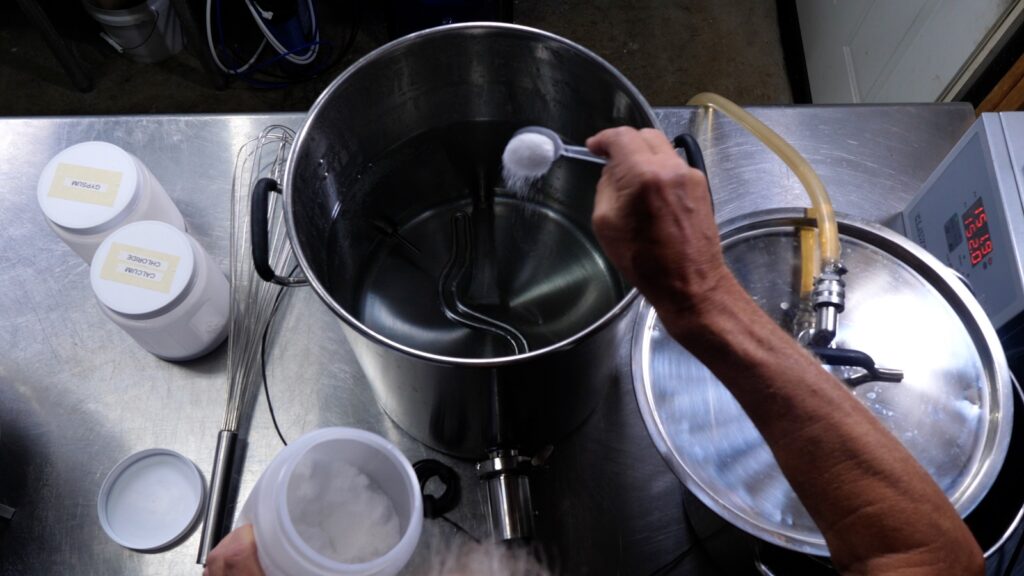
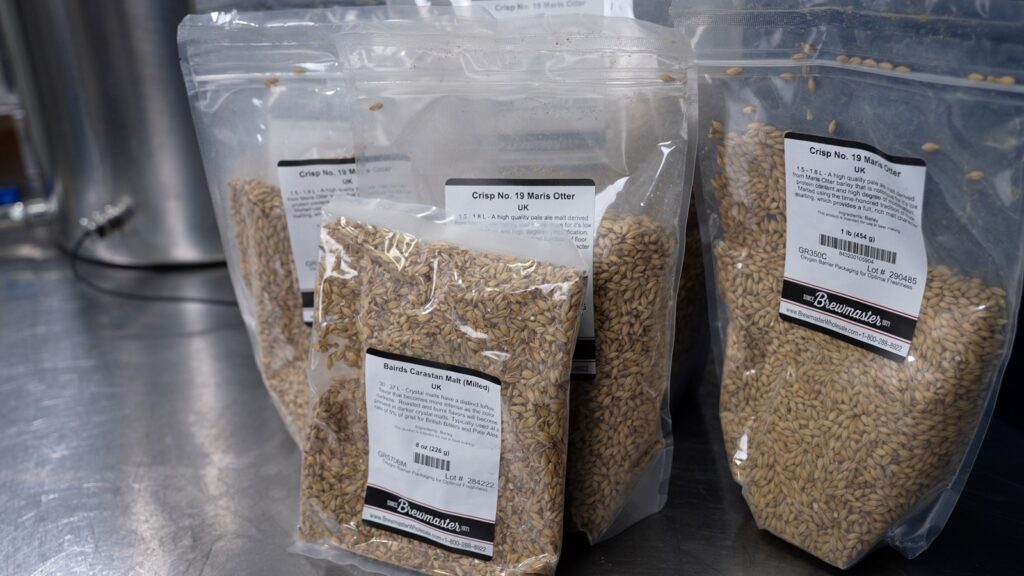
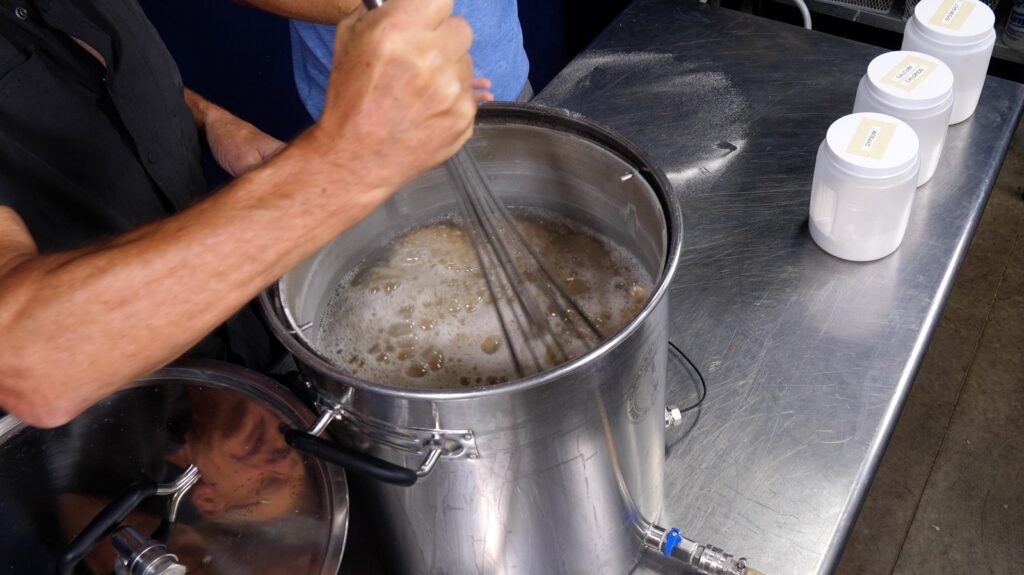
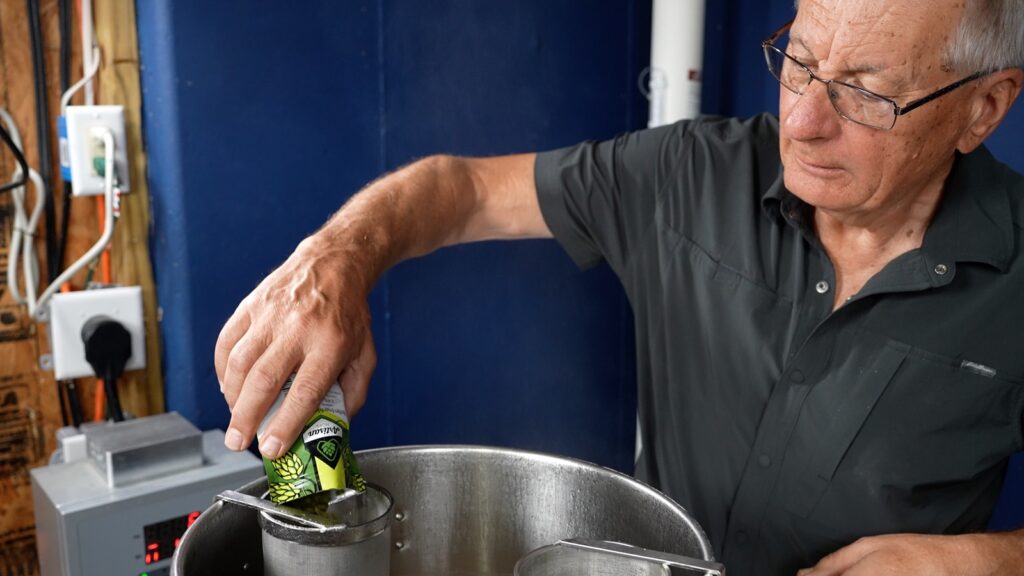
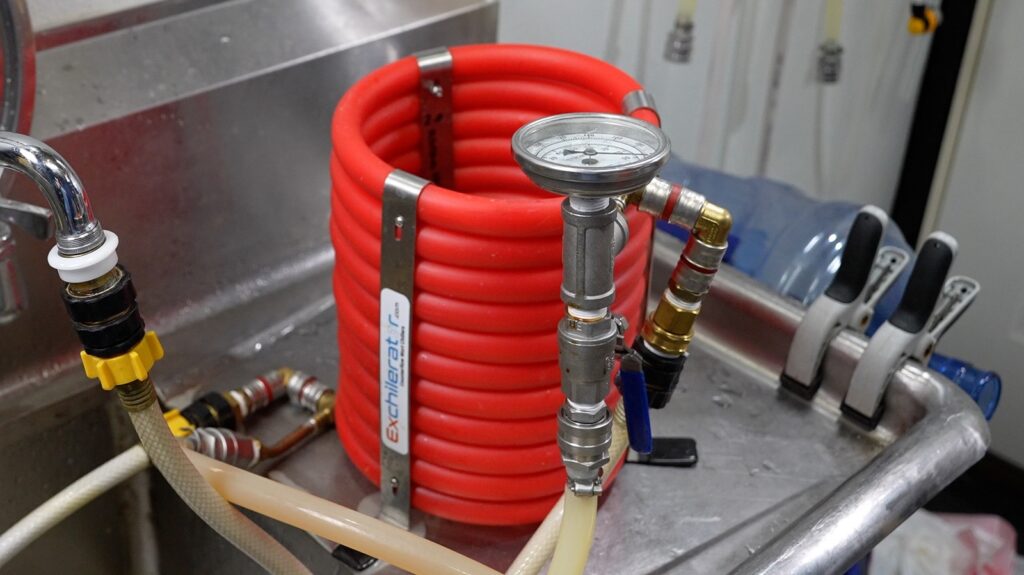
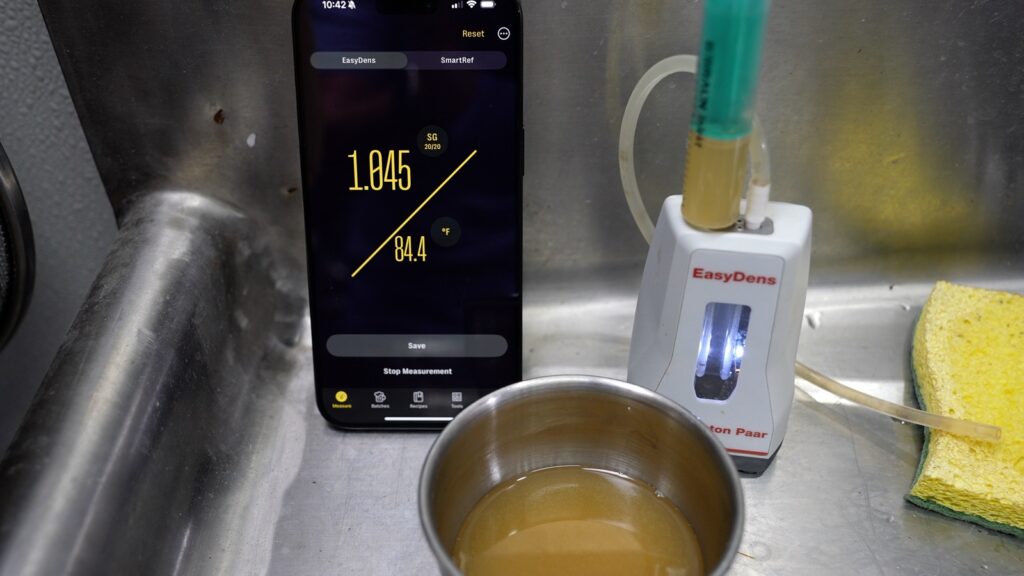
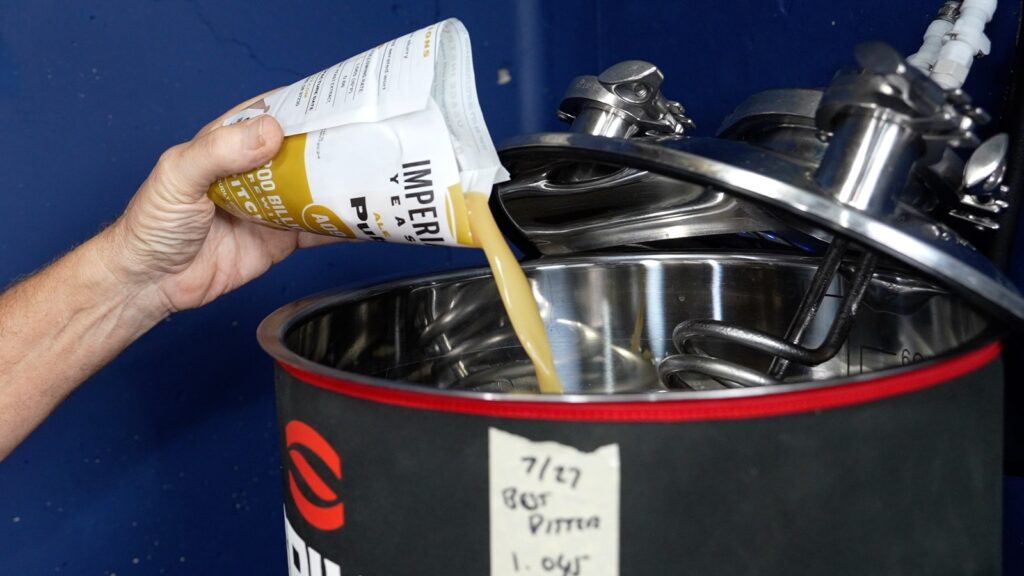
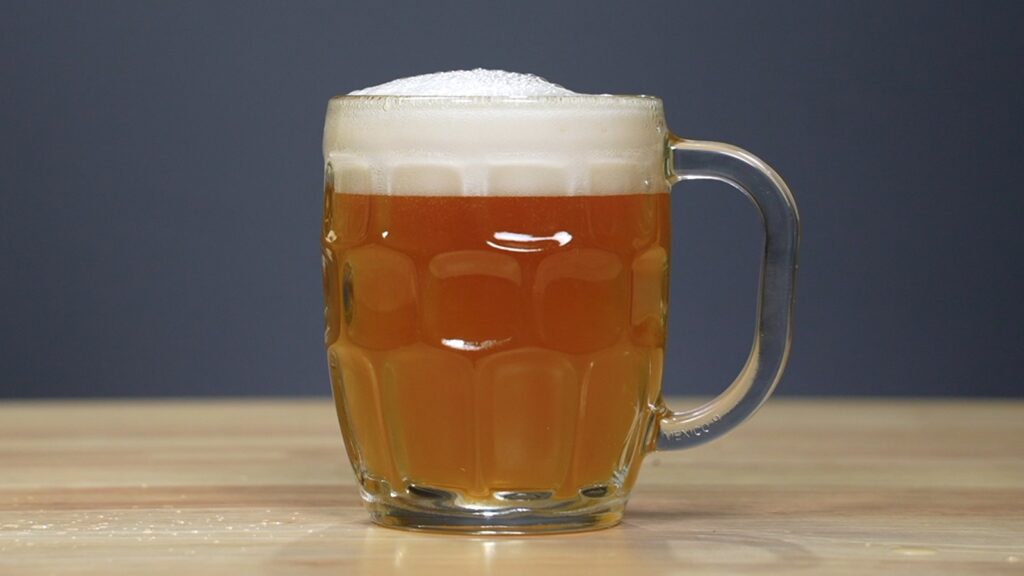
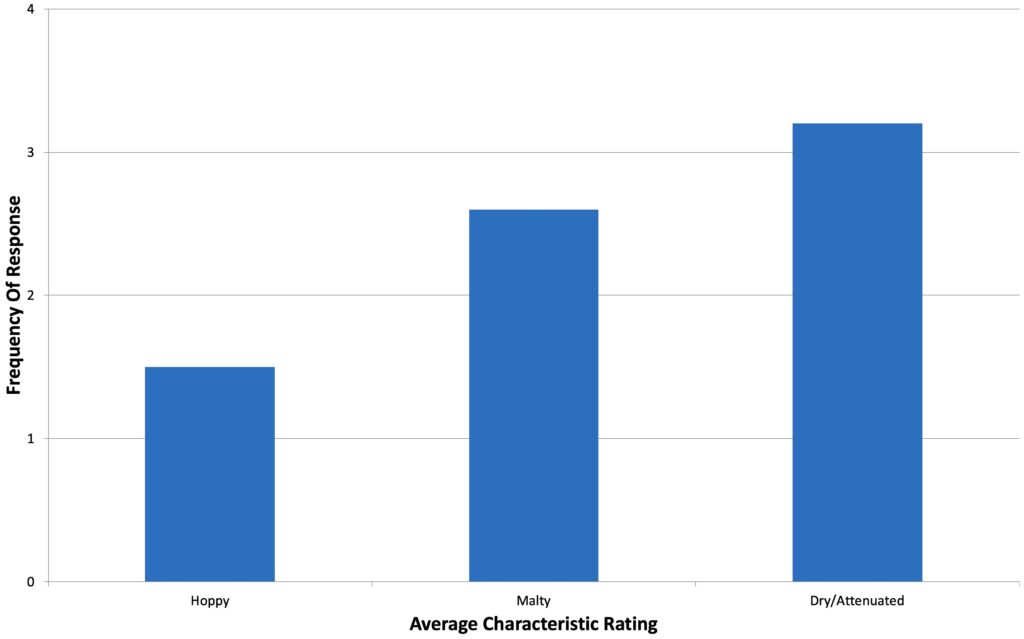
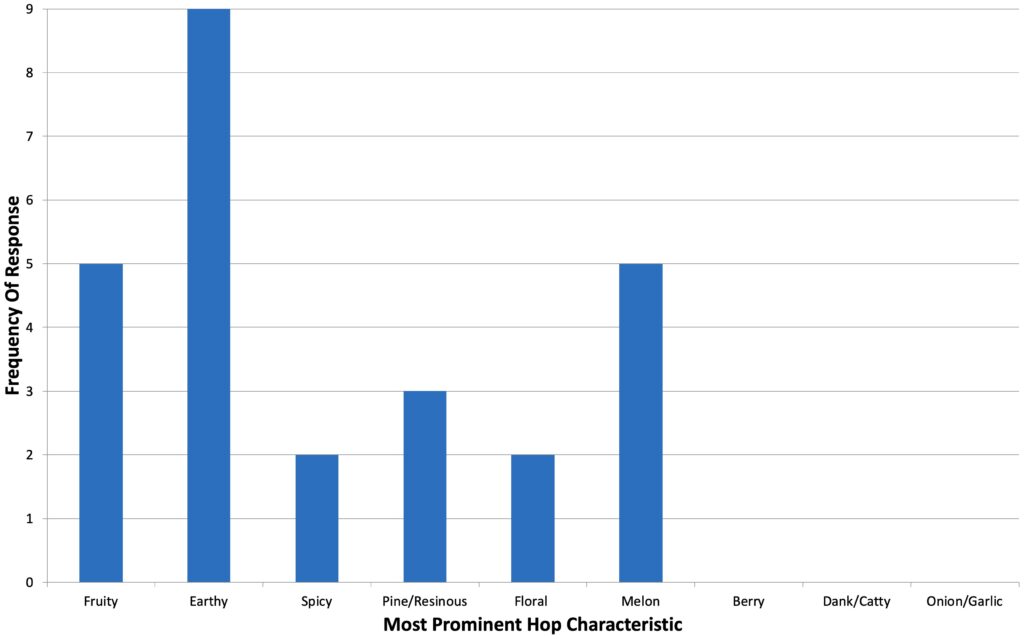
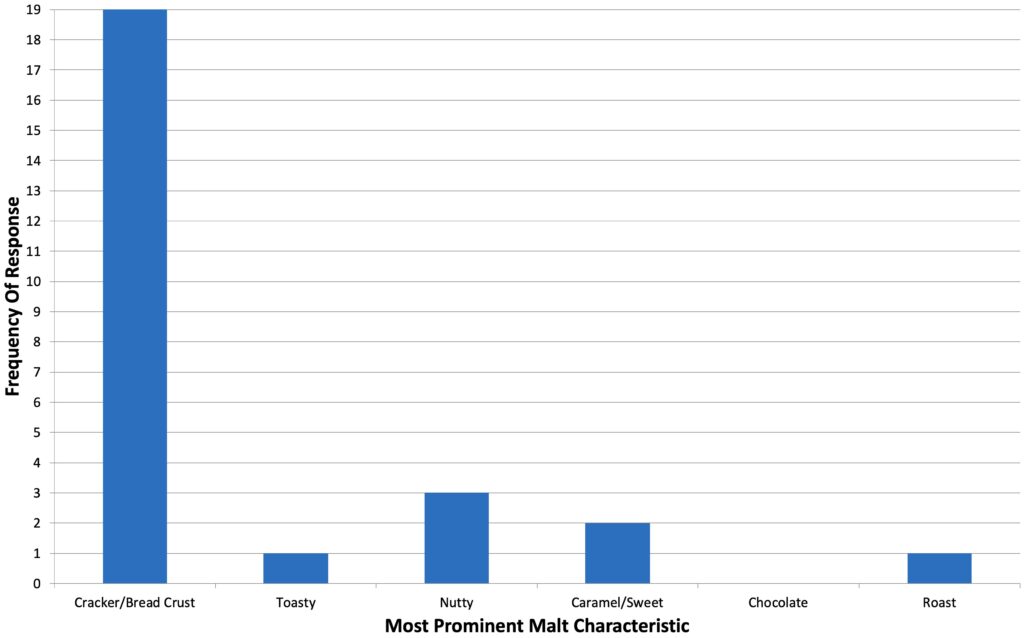
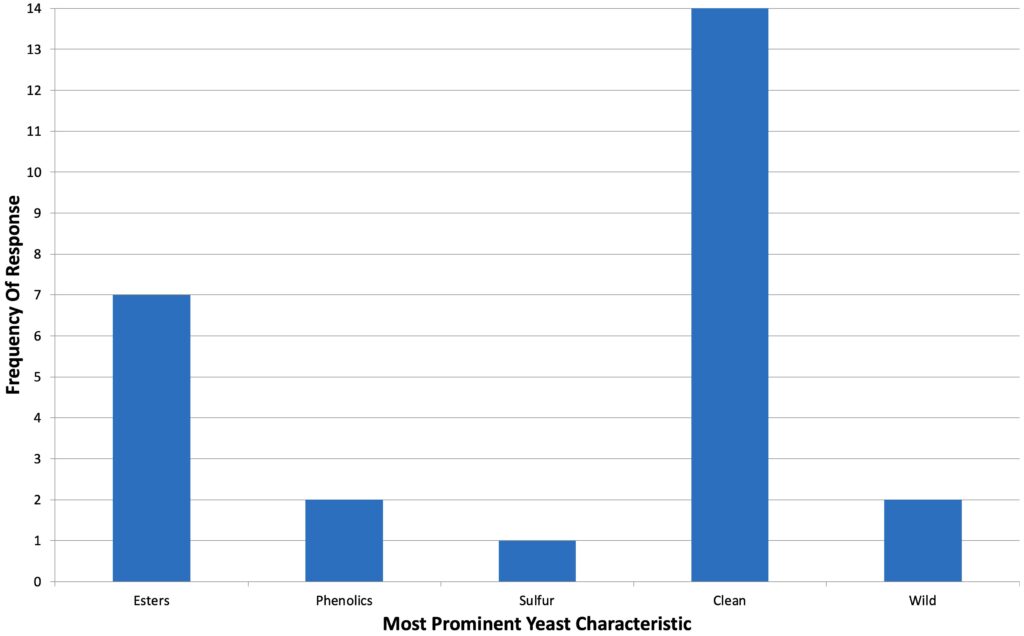
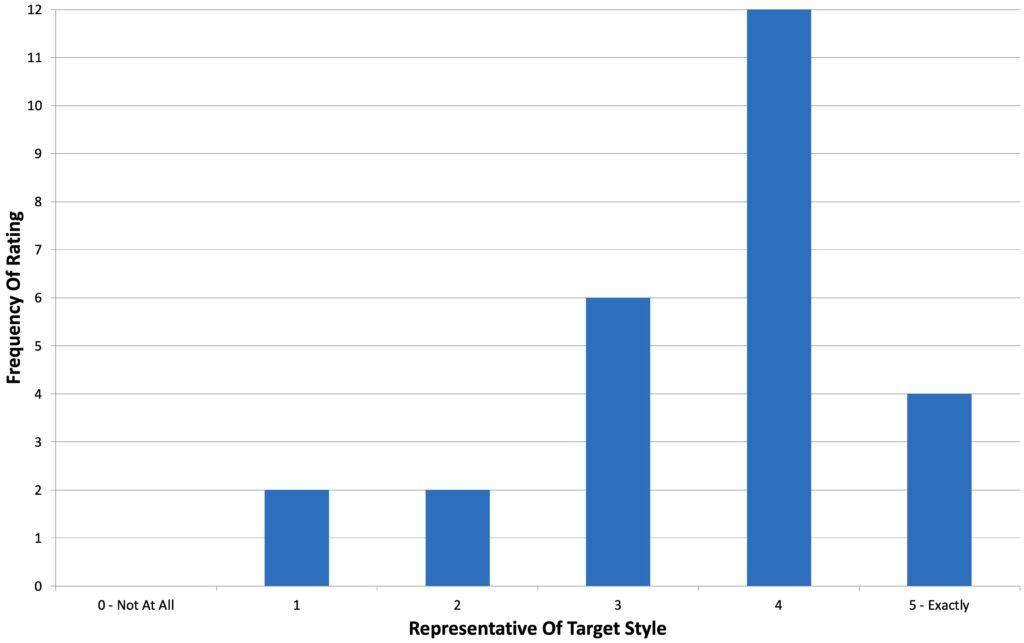
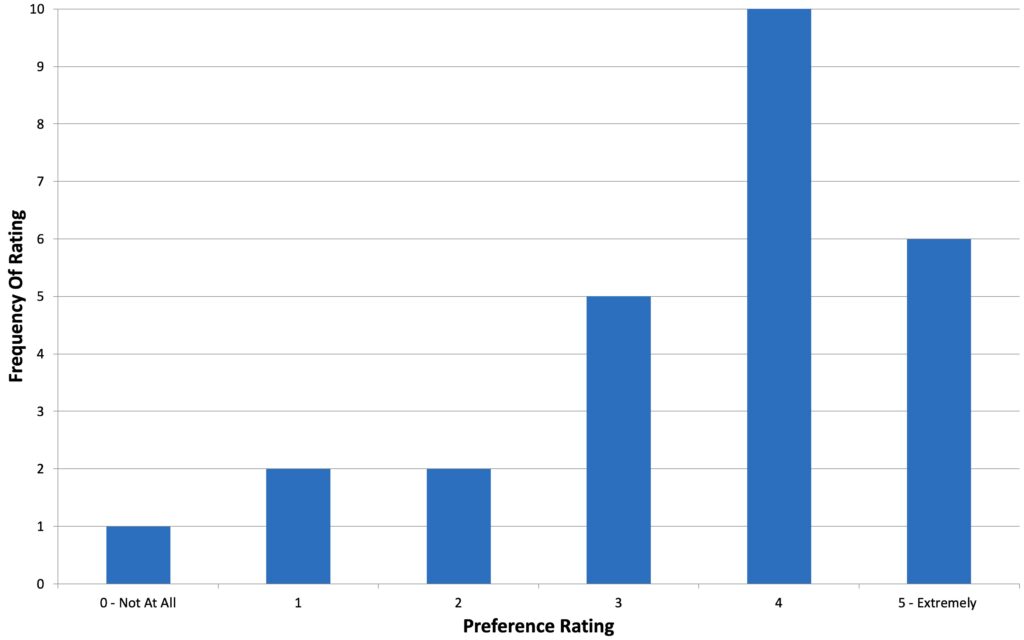











4 thoughts on “Short & Shoddy | Best Bitter”
I’m a fan of A09 Pub. Aside from the orange marmalade esters, one of the things I like most is how quickly it drops clear. Your pic looks quite hazy. I’m curious why it didn’t clear up in time for your video. Any thoughts?
It did end up dropping very clear (without finings) but I suspect lugging the keg over to the camera table caused the first pours to be a bit hazy.
Who would have guessed Maris Otter Fan Club President Martin would have designed a 95% MO recipe?!? But more seriously, don’t most English Bitters have some crystal malt for color and sweetness?
LOL, indeed. I typically use some crystal malt and a touch of pale chocolate too in my regular Bitter recipe.